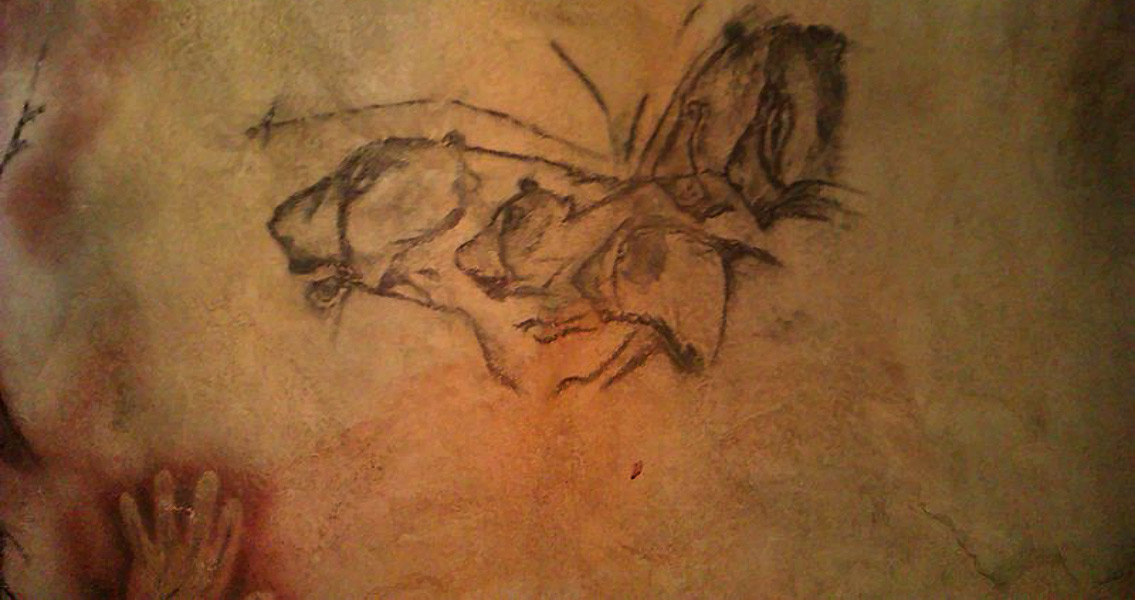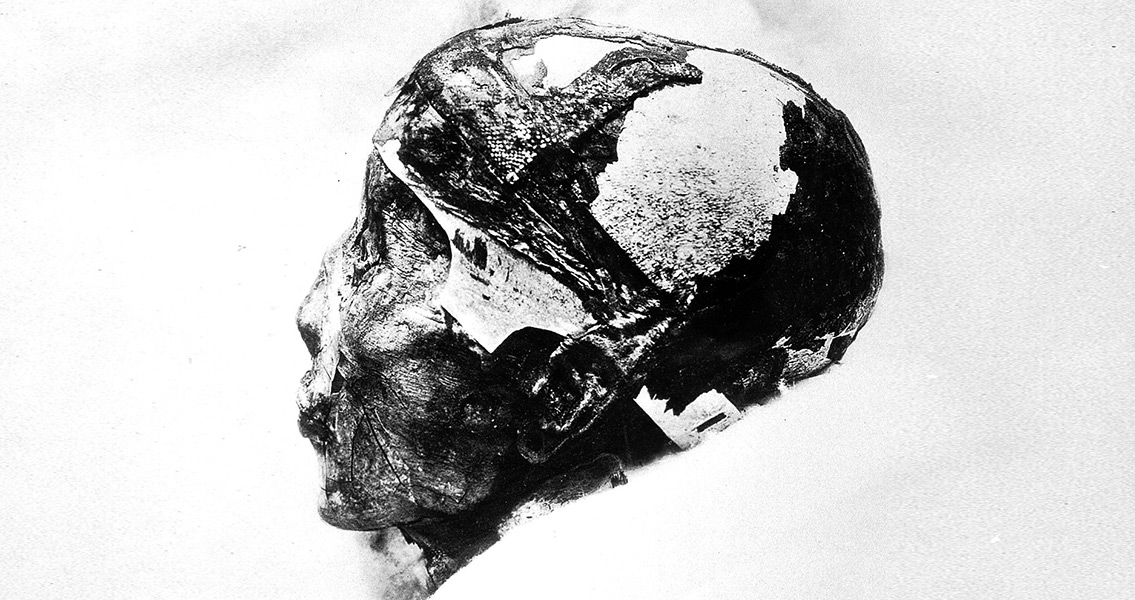
BREAKING NEWS
- Who was Harriet Tubman? The Life and Legacy of an American Heroine.
- What were the causes of World War I?
- The Spanish Civil War: How it all started and its aftermath
- How did the Partition of India happen and what were the consequences?
- Hildegard of Bingen: A Renaissance Woman Before Her Time
- What was Watergate?
- Seeking Refuge: International Refugee Policy and the Holocaust
- How did Switzerland stay neutral during World War II?
- Lines In The Sand, part 2: The Mexican-American War
- What is “blackbirding”?

2014 Powered By Wordpress, Goodnews Theme By Momizat Team







13 Comments
Bob cosmos
Considering that written symbols from 100-2000 years old are ndecipherable to most people alive today, it’s difficult to believe symbols could survive across an area the size of Europe for 30 000 years.
Even today, that the global literacy rate until a short time ago was in the single digits, there are few universal symbols. These primarily arose from technology invented in the 20th century, like the automobile.
I would like more info price to drawing such conclusions.
pdq
Consider it less as a written language such as what you and I are using in this exchange and something more akin to universal symbols such as red lights and toilet symbols. Still a written communication, just less given to detailed nuance, more to generalized storytelling and information like the hobo signs of the American 1930’s.
steve j
This is not surprising.
Except for the fact it took so much time for inexperienced moderns to look for it.
I spend much more time than most people in the woods(several times a week for most of my 60+ years).
Regularly moving through forests, mountains, and streams brings me, I think, closer to the daily lives of our hunter/gatherer ancestors.
Leaving signs or symbols as you pass(to remind you when you come back, or pass info to others, or to guide someone else) is really necessary if you cover any distance into new territory.
Im sure the number of signs which have been preserved(in caves, or on rock) are a small percentage of those that were used.
When you sit in the dirt, what do you do first?(most of us havent done it since we were kids. Try it sometime. It will tell you more about our prehistoric ancestors than most books)
Answer: Pick up a stick and scratch things out: prehistoric doodling.
It isn’t a far leap from that to: “hey, do you remember that little valley where we caught that big elk?” and the too hunan discussion of the best way to get there, and then, on the way, leaving signs so we/relatives/friends/wives can follow/return.
Pretty soon you have one sign for “good water”, another for “nice fishing hole”, yet another for ” watch your step”.
We must always remember that these people lived inside their grocery stores, pharmacies, and hardware stores.
Signs and symbols were their version of the post-it note. Or perhaps the sign that says: “Aisle 6 : fruits and vegtables”
Ritchie
Well said.
jo
Novel idea…….you left out crossed hearts with initials on tree trunks.
Alan
Of course, “writing” does not have to consist of images at all. For instance, the traditional trail markings of North American Indians, the “bundle of notched reeds” used by American Indians along the eastern coast of North America, and the quipu – knotted strings – of the Inca. In his book “A New Voyage to Carolina” John Lawson noted that he visited numerous tribes who could consult their bundles of reeds and tell him the same story about past events, even agreeing on the year of events over 80 years prior.
Ritchie
I don’t know about you but I can see two cat like profiles facing the left with the larger at the back and the smaller at the front.
Ritchie
In fact make that three cats facing the left.
jo
Not cats……lions. Pet cats have differently-shaped ears.
Kurt
Graham Hancock has done some interesting work in this area. His thesis is based on the fact that many of the cave symbols that are similar are “Therianthropes” i.e- half human/half animal. People in a trance state that can be brought on by dances,meditation,hulucinogens like mushrooms or DMT all report very similar encounters with these types of beings.
Check out his book Supernatural..very great reading.
Hans-Dieter von Senff
The fact that Manetho could write that the ancient Egyptians recorded that Ptha created the world some 24.925 years ago, lends credence to the suggestion that signs were used as memory aids some 40.000 years ago. To me, it makes sense, because an Oral History like the Bible could not survive, without deliberately created signs that reinforced the memory… It is interesting to note, that Maneto gives only one person (Ptha) a lifespan of 700 years, whereas Osiris only lived for just over thirty years, i.e. a normal human lifespan…. For this reason I suggest that Irina Slav is correct in her assessment, that the first signs date back 40.000 years or even to 250.000 years, when a simple vertical stroke could mean I or one.. I suggest to Irina, to have a look at the Middle Egyptian depiction of Isis… Do you note the stair on her head… It is a seat or thone, that represented her in pre historic times, thousands of years ago, even if Isis is not depicted in the text. exactly as the symbol of a fish for Jesus Christ was used by the early Christians… I thank Irina for her research into the development of Language.
Dr. Hans-Dieter von Senff
Pro Gnosis
I really wouldn’t be surprised if numerous writing systems were created and lost many times over the entire history of mankind. A lot of them were probably never engraved in stone so we would never have any idea they existed.
Stephan
I think there is one thing that is missed from studies of human activity 30,000 to 40,000 years ago or more; and that is the shape of the land. Due to ice ages and different balances of nature the world and our places of habitation would have been very different to today. The places that we find nowadays would have been the high grounds and the places that we should really be looking for are now under the sea.